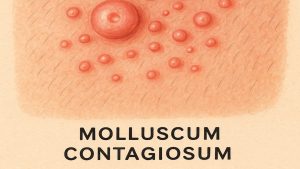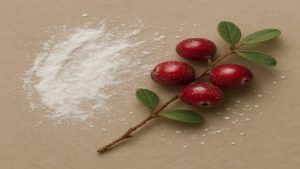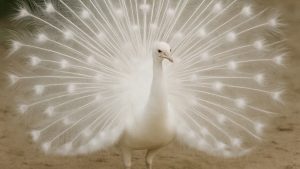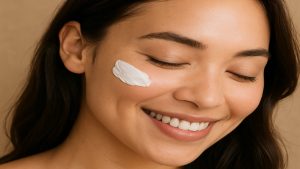- Corset tops shape modern empowerment and curves
- Bodi tribe scarification reflects African beauty identity
- Japan’s yaeba celebrates youthful, imperfect charm
- Pamiri monobrow and lip plates show wisdom
- Monderma enhances unique beauty through personal skincare
Beauty appears in many forms around the world, shaped by culture, history, and values. Body modification, a deeply rooted global practice, reveals how societies express identity and beauty through physical form.
This article explores the symbolism and meaning behind global body modification and how it shapes beauty standards. It also connects traditional practices to modern self-expression, including how Monderma’s personalised skincare empowers individual confidence.
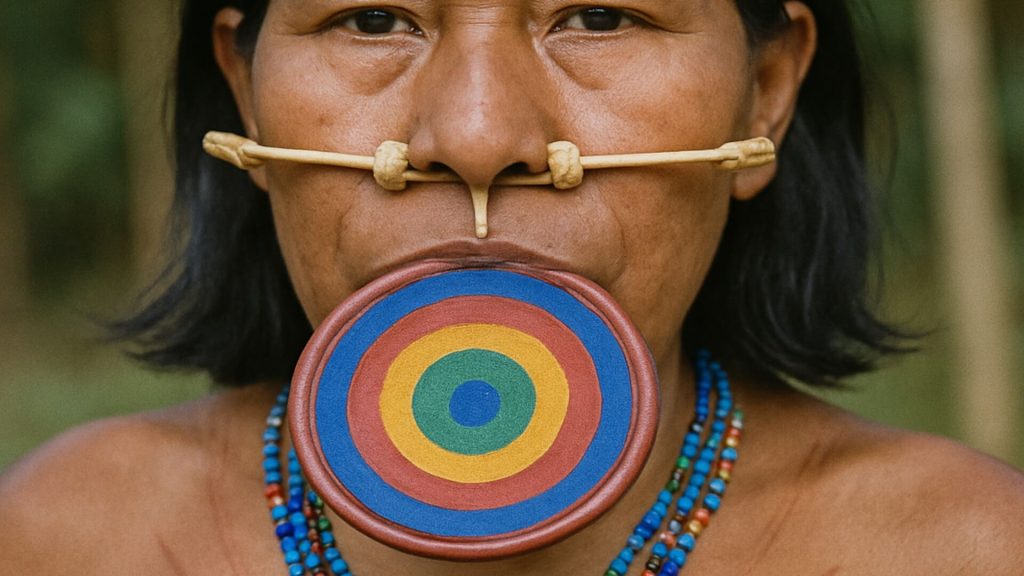
The Hourglass Figure & Corset Tops
In Western culture, the hourglass figure remains a timeless symbol of beauty. Corset tops, once restrictive garments, have evolved into icons of empowerment and style [1,2].
The History Of Corsetry
Originating in the 16th century, corsets were first used to support posture and shape the torso. By the Victorian era, they had become fashionable symbols of elegance and social standing [1,2].
Women often tight-laced to achieve dramatic silhouettes, reflecting how beauty ideals can drive self-expression through physical modification.
Modern Revival Of Corsets
Contemporary designers have reimagined corsets as empowering fashion statements. Today’s versions blend comfort with structure, celebrating body diversity while nodding to historical ideals [3].
Global Views On The Hourglass Figure
Across cultures, curves have long symbolised vitality and beauty. Ancient Greek statues like Venus de Milo represented rounded femininity, while African cultures often associate fuller figures with health and prosperity. The hourglass ideal continues to bridge tradition and modernity.
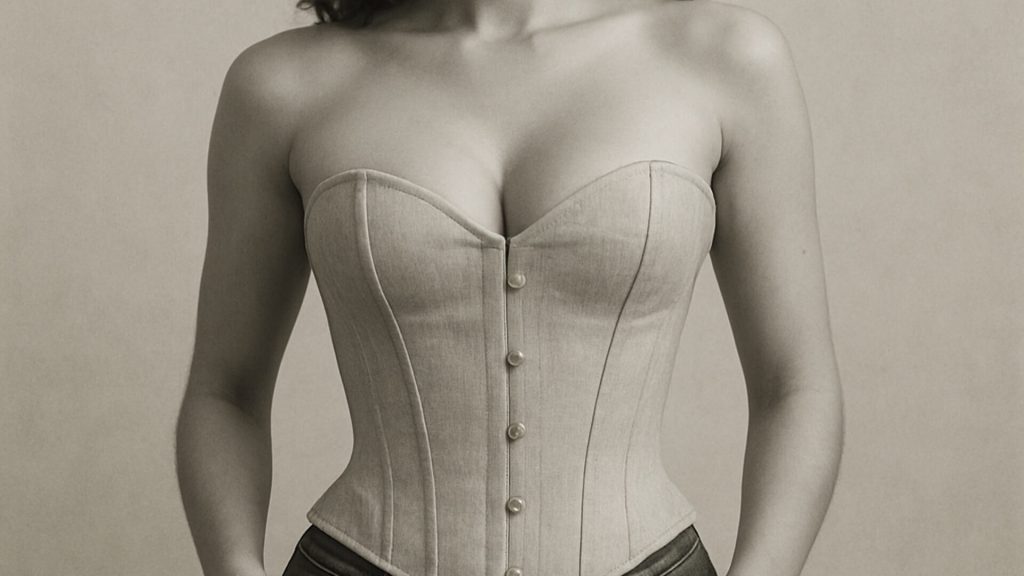
Africa: Scarification & The Bodi Tribe
Scarification among the Bodi tribe in Ethiopia remains an art form symbolising beauty, maturity, and belonging [4,5].
Meaning Of Scarification
The Bodi create raised skin patterns to mark personal milestones and social identity. Each design tells a story of strength, unity, and cultural pride [5].
| Practice | Cultural Purpose |
|---|---|
| Scarification | Symbol of strength, identity, and belonging |
| Otjize (Himba) | Sunscreen and beauty enhancer |
| Rites of Passage | Mark maturity and community connection |
Table 1: African practices intertwine function, beauty, and cultural pride
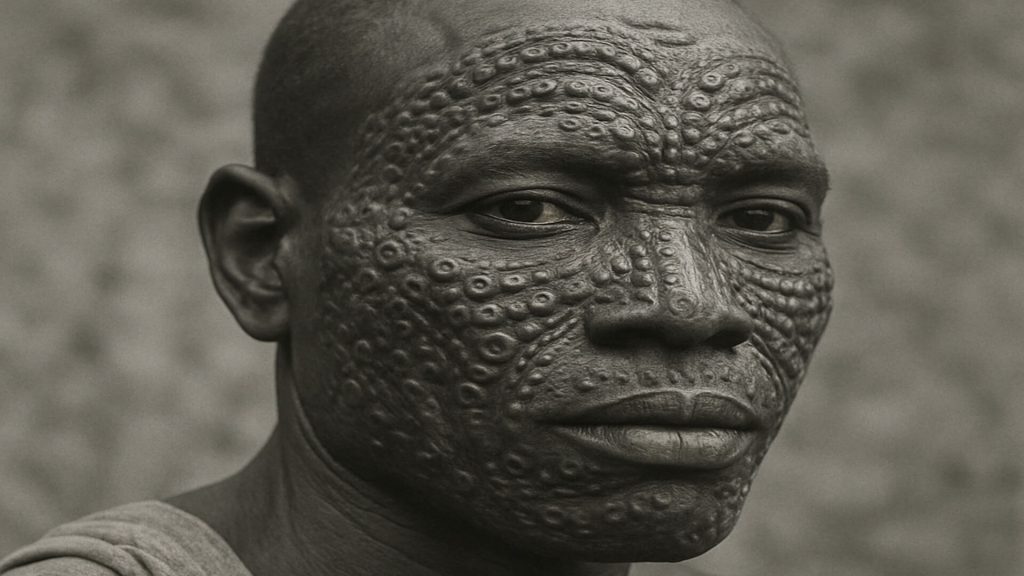
The Himba & Otjize
In northern Namibia, Himba women use otjize, a red ochre and butterfat paste, as skincare and sun protection [6,7]. Its vivid colour represents fertility and resilience. Scientific studies confirm its UV-blocking properties, combining aesthetics with functionality [6].
Evolution Of African Body Art
Although globalisation influences younger generations, many continue to uphold scarification and otjize use as cultural anchors, balancing heritage with modern self-expression [5].
Asia: Skin Whitening & Dental Modifications
Asian beauty ideals often merge ancient and contemporary influences. Skin whitening remains prominent, symbolising refinement and social status, while Japan’s yaeba trend celebrates imperfection [8,9,10].
Japan’s Yaeba Trend
Yaeba, meaning “double tooth,” celebrates natural asymmetry as youthful and charming. Cosmetic dentists in Japan even offer yaeba enhancements that intentionally create slightly uneven teeth [9,10].
Cultural Meaning Of Yaeba
While Western ideals prize alignment, yaeba highlights authenticity and individuality. It aligns with kawaii culture, valuing approachability over perfection [10].
| Aspect | Western Ideal | Japanese Ideal |
|---|---|---|
| Dental Aesthetics | Straight and flawless | Crooked and natural |
| Symbolism | Maturity and control | Youthfulness and charm |
| Common Procedures | Whitening, alignment | Yaeba inlays |
Table 2: Cultural contrasts reveal beauty as subjective and fluid
Central Asia: The Pamiri People & The Monobrow
Among the Pamiri people, the monobrow symbolises intelligence, wisdom, and inner strength [11].
Symbolism In Pamiri Culture
The monobrow appears in folklore as a mark of intellect and beauty. Studies show 80% of Pamiri women consider it integral to identity [11].
Modern Adaptation
Younger Pamiris combine tradition with modern trends, preserving the monobrow’s meaning while exploring new aesthetics. The global embrace of bold brows reflects this cultural continuity.
South America: Lip Plates & Nose Plugs
In parts of South America and East Africa, lip plates and nose plugs remain striking markers of identity and beauty expression.
Lip Plates Among The Mursi
Mursi women in Ethiopia gradually insert lip plates from adolescence, symbolising social maturity and readiness for marriage [12]. Larger plates often represent higher social status.
Nose Plugs In Amazonian Tribes
Among Amazonian tribes, nose plugs made of bone or wood mark rites of passage and adult transition [12].
| Practice | Region | Cultural Meaning |
|---|---|---|
| Lip Plates | Ethiopia | Social status and identity |
| Nose Plugs | Amazon Basin | Maturity and readiness |
| Decorative Piercing | South America | Beauty and belonging |
Table 3: Indigenous modifications highlight identity and transformation
The Pacific: Ta Moko & Māori Tattoo Traditions
In Māori culture, ta moko represents ancestry, courage, and social standing [13,14,15]. Each design tells a personal story of lineage and purpose.
The Art Of Ta Moko
Māori tattoo artists work collaboratively to ensure authenticity and respect. Unlike standard tattoos, ta moko designs are carved into the skin, symbolising depth and permanence [13,15].
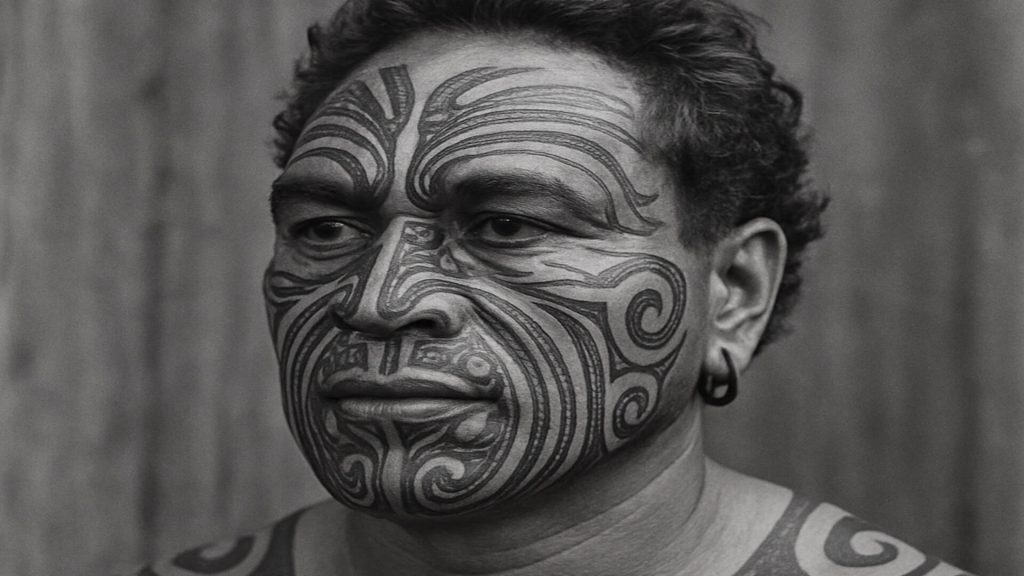
Cultural Identity & Revitalisation
Ta moko connects Māori people to their ancestors and heritage. Many young Māori are reviving the tradition as a form of cultural pride and resistance against Western homogenisation [14,15].
| Element | Meaning |
|---|---|
| Facial Ta Moko | Heritage and life milestones |
| Body Designs | Family lineage and courage |
| Modern Adaptation | Pride and reclamation of identity |
Table 4: Māori tattoos blend art, memory, and ancestry
Monderma: Personalised Skincare & Modern Beauty
Global beauty traditions celebrate diversity and individuality. Monderma continues this ethos through personalised prescription skincare, created by GPhC-registered professionals.
Each treatment is designed to support skin health and confidence, using clinically proven ingredients such as tretinoin, azelaic acid, niacinamide, and clindamycin. Whether addressing acne, pigmentation, or ageing, every plan is created after clinical review and adjusted for long-term skin wellness.
Western Beauty Standards & Globalisation
Western ideals such as slim figures and clear skin often shape global perceptions through media influence [16]. Yet, traditional aesthetics continue to re-emerge as communities reclaim identity through heritage and artistry.
Resistance & Cultural Reclamation
Indigenous groups are reintroducing scarification, ta moko, and natural adornments to honour their roots [14,16]. These revivals celebrate cultural resilience alongside aesthetic value.
Media Representation & Inclusivity
Modern fashion and beauty campaigns increasingly showcase diverse representations, from Māori tattoos to African scarification [11,12]. This shift promotes appreciation over appropriation and fosters inclusivity in global beauty narratives.
Conclusion
Body modification reflects creativity, heritage, and individuality. From yaeba in Japan to scarification in Ethiopia, these practices celebrate the many faces of beauty worldwide. By understanding and respecting cultural traditions, we can foster appreciation and inclusivity while embracing our unique expressions.
Monderma supports individuality through evidence-based, personalised skincare. Begin your personalised consultation with Monderma’s clinical team and celebrate your beauty story with confidence.
Content is for informational purposes only. Monderma treatments are prescribed following consultation. Results and timeframes can vary. Use as directed by your prescriber.
Bibliography
- Steele, V. The Corset: A Cultural History. Yale University Press, 2001.
- Kunzle, D. Fashion & Fetishism. The History Press, 2004.
- Vogue. “How Fashion Reclaimed the Corset.” 2022.
- Pitt Rivers Museum. Scarification. University of Oxford.
- TalkAfricana. The Suri People & Scarification.
- Havenga, D. et al. Fe₂O₃ UV-Blocking Nanocosmetics. Scientific Reports. 2022.
- Gashee Wellness Blog. Red Ochre as Sunblock. 2025.
- Japan Dental Association. Trends in Cosmetic Dentistry. 2023.
- Kowner, R. Body Dissatisfaction in Japan. Psychology Monographs. 2004.
- BBC. “Yaeba Dentistry: The Appeal of Pointy Teeth.” 2018.
- Minority Rights Group International. Pamiris. 2025.
- Turton, D. Lip-Plates & Tourism in Southern Ethiopia. Anthropology Today. 2004.
- Te Awekotuku, N. Mau Moko: The World of Māori Tattoo. Penguin, 2007.
- Nikora, L. W., Rua, M., Te Awekotuku, N. Moko in Contemporary New Zealand. J Community & Applied Social Psychology. 2007.
- Te Ara. Ta Moko – Māori Tattooing. 2021.
- Dittmar, H. Consumer Culture, Identity & Well-Being. Psychology Press, 2007.
Find your perfect skincare formula
Takes less than 2 minutes – see what your skin needs
Get Custom Formula